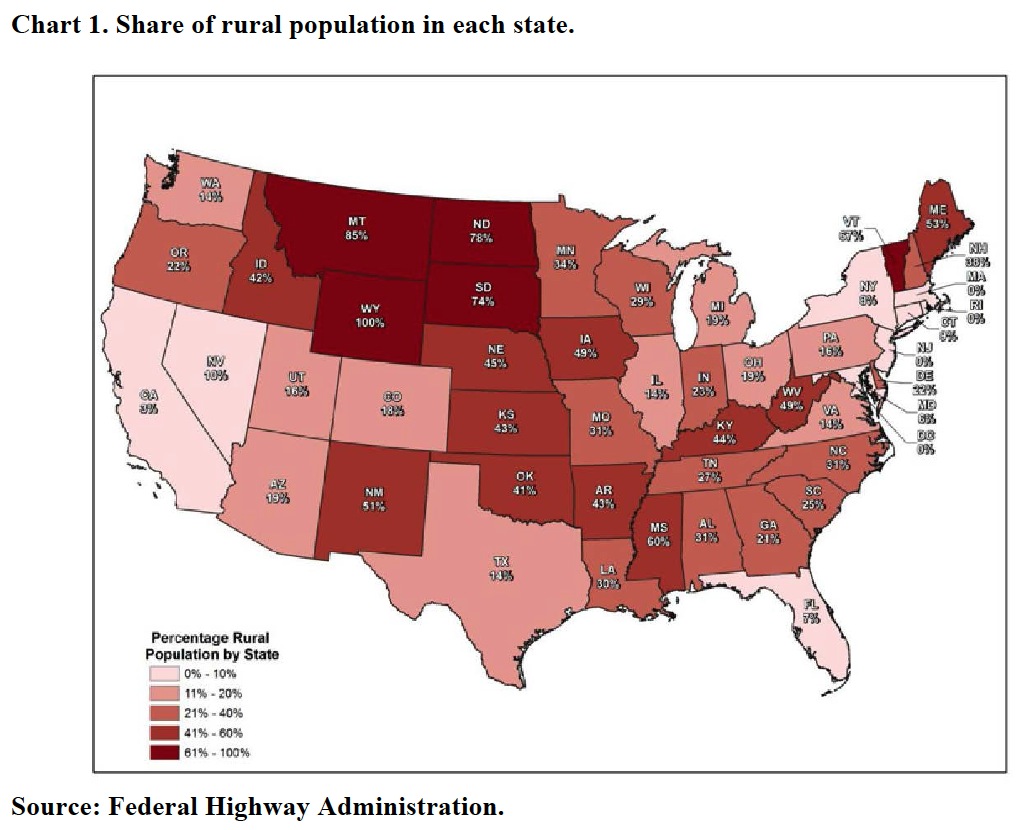
TRIP
An aging and increasingly diverse rural America plays a vital role as home to a significant share of the nation’s population, natural resources and tourist destinations. It is also the primary source of the energy, food and fiber that drive the U.S. economy. Rural Americans are more reliant on the quality of their transportation system than their urban counterparts.












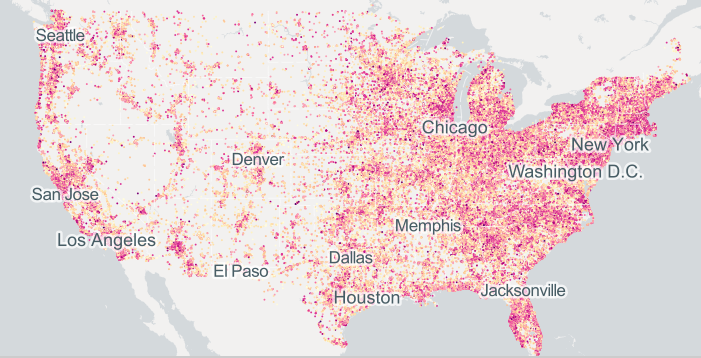
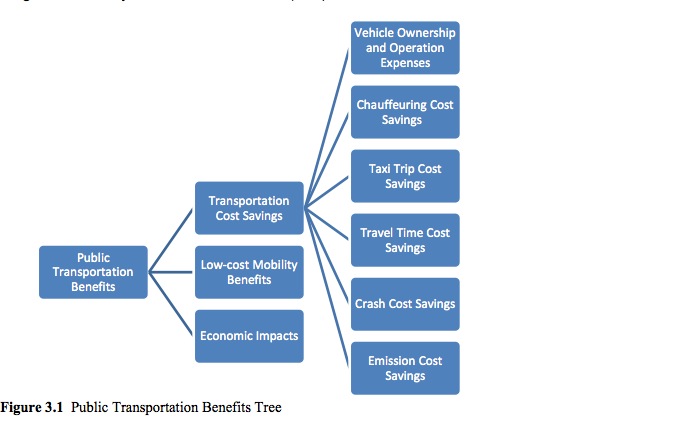
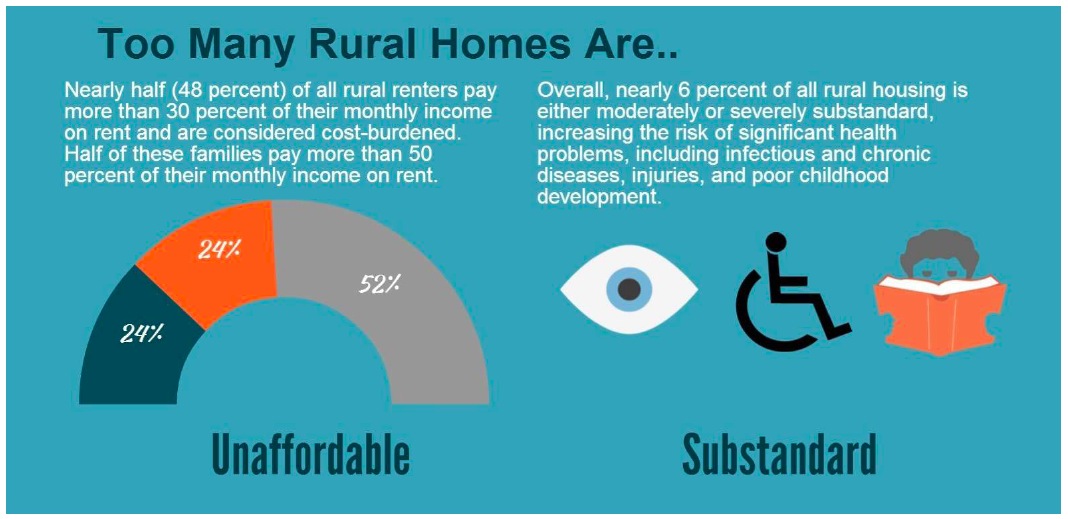

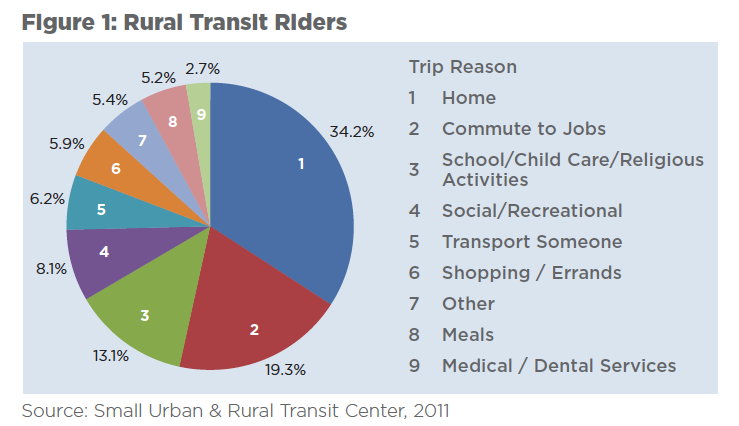
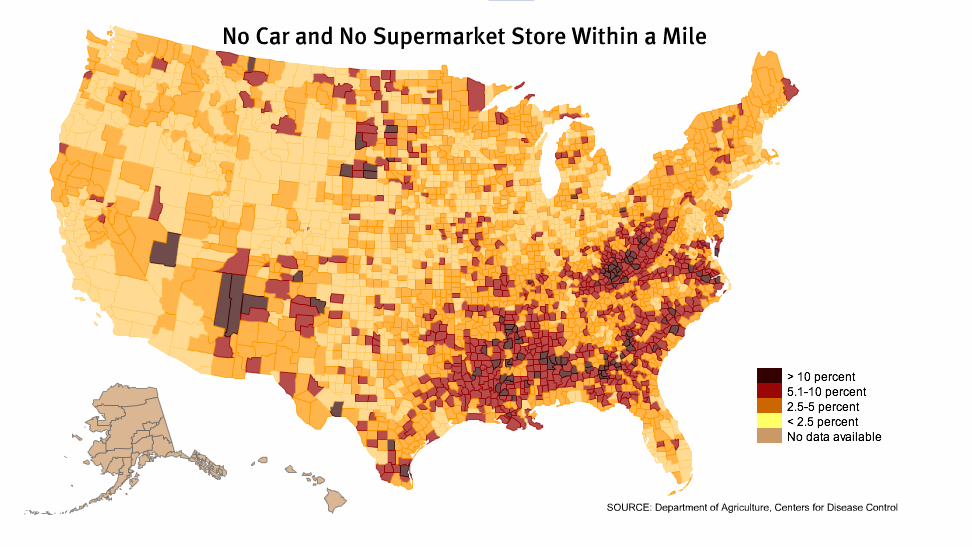
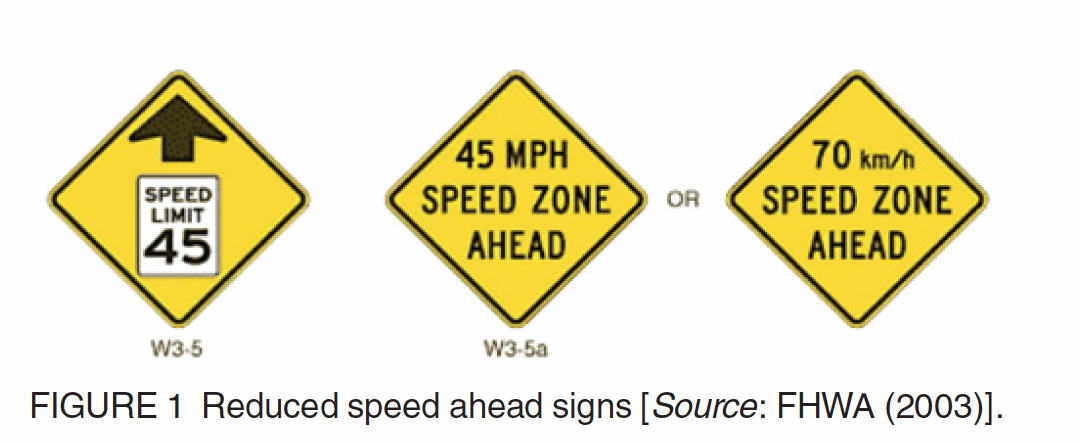
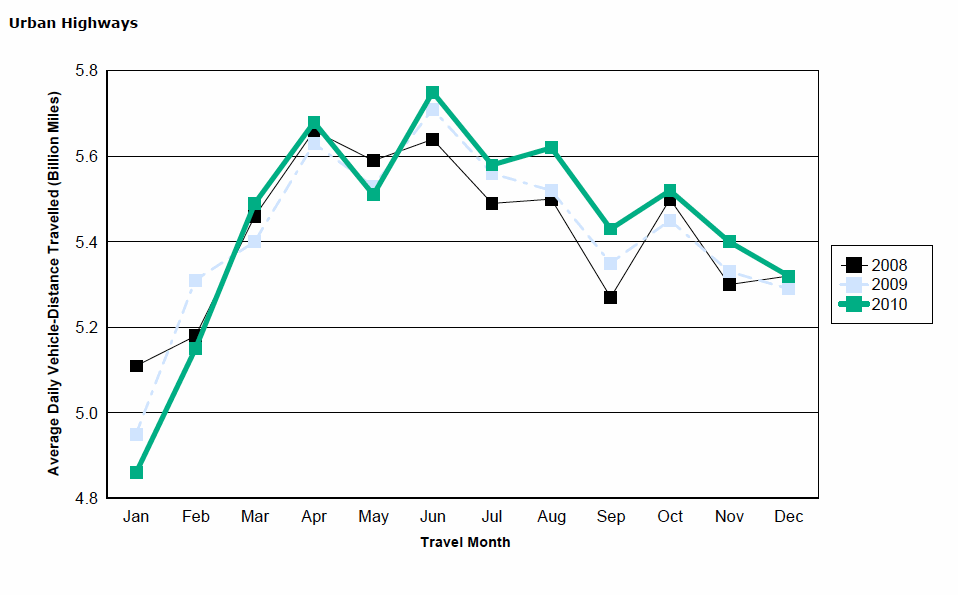

 RSS Feed
RSS Feed